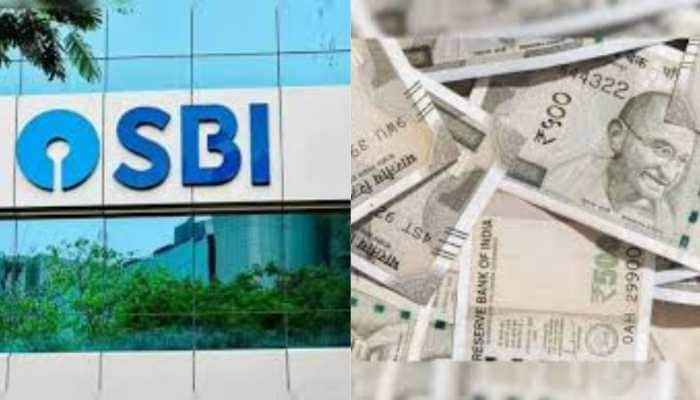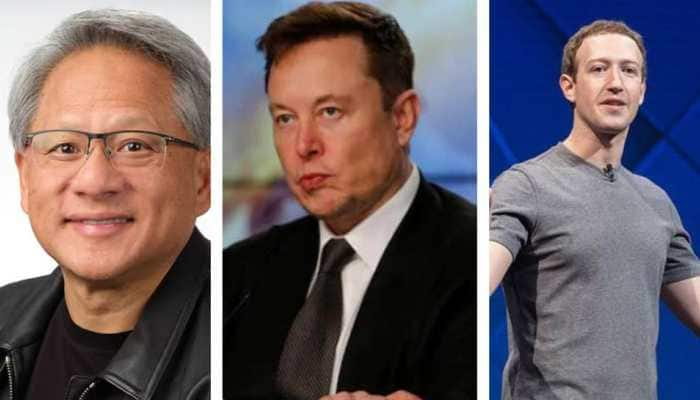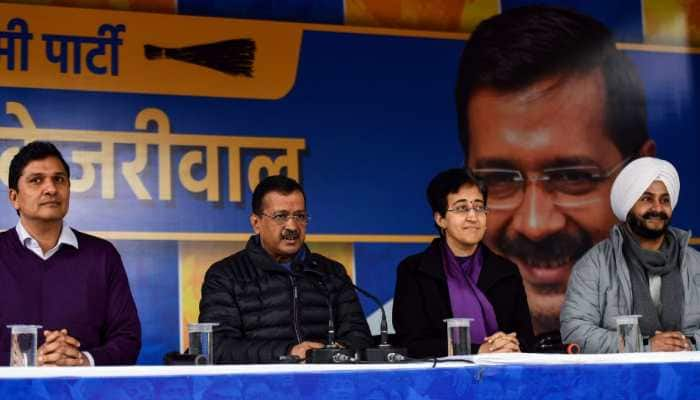What Is Param Rudra Supercomputer Launched By PM Modi? How Will It Help India?
PARAM Rudra Supercomputers: Prime Minister Narendra Modi today dedicated to the nation three PARAM Rudra Supercomputers worth around Rs 130 crore via video conferencing today. Addressing the nation on the occasion, Prime Minister Modi said that the day marks a huge achievement in the field of science and technology for India and is a reflection of the nation’s progress by prioritizing research and development.
HPC Arka, Arunika
)
Prime Minister Modi mentioned the development of three PARAM Rudra Supercomputers by India’s scientists and their installation in Delhi, Pune and Kolkata, and also spoke about the inauguration of ‘Arka’ and ‘Arunika’, a High-Performance Computing (HPC) system tailored for weather and climate research. These high-resolution models will significantly enhance the accuracy and lead time of predictions related to tropical cyclones, heavy precipitation, thunderstorms, hailstorms, heat waves, droughts, and other critical weather phenomena.
Horizon Of Possibilities
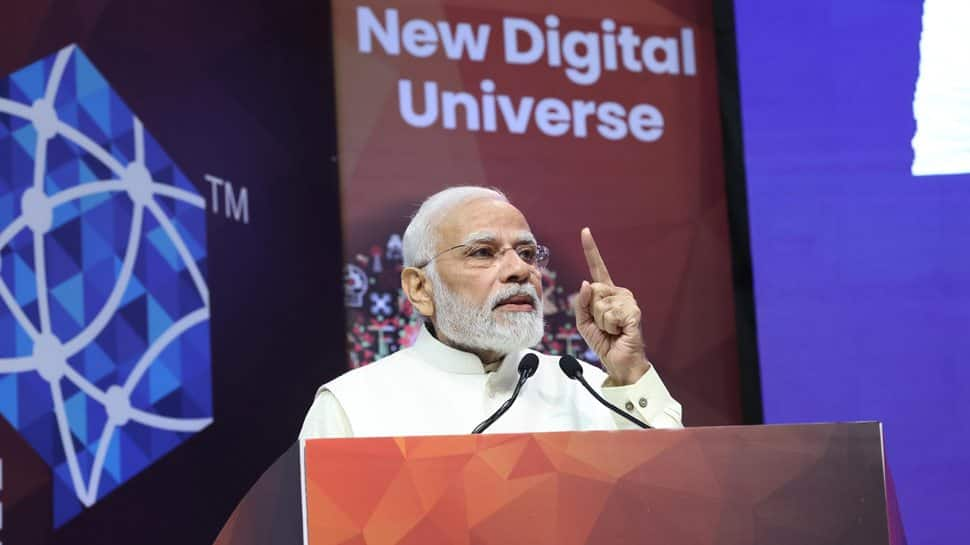
“Today’s India is carving new opportunities in the endless horizon of possibilities”, Prime Minister Modi remarked. The Prime Minister dedicated the three PARAM Rudra Supercomputers to the youth of the nation as he recalled granting 25 extra days apart from the 100 days towards youth at the onset of the third term.
Supercomputers

Developed indigenously under the National Supercomputing Mission (NSM), these supercomputers have been deployed in Pune, Delhi and Kolkata to facilitate pioneering scientific research. The Prime Minister also inaugurated a High-Performance Computing (HPC) system tailored for weather and climate research. “Supercomputers will ensure that even the smallest farmer has access to the world’s best knowledge, helping them make informed decisions about their crops. Fishermen venturing into the sea will also benefit as these technologies will reduce risks and offer insights into insurance schemes”, added PM Modi.
India To Benefit

PM Modi underlined that these supercomputers will play a crucial role towards making such state-of-the-art technology available to young scientists in the country and highlighted its usage in aiding advanced research in the fields of physics, earth sciences and cosmology. Such sectors, the Prime Minister said, envision the future of science and technology. “In the era of digital revolution, computing capacity is becoming synonymous with national capability”, Prime Minister Modi said. The Prime Minister also mentioned the introduction of three new 'Param Rudra' supercomputers, which will further support India’s multidimensional scientific development.
India In Elite Club
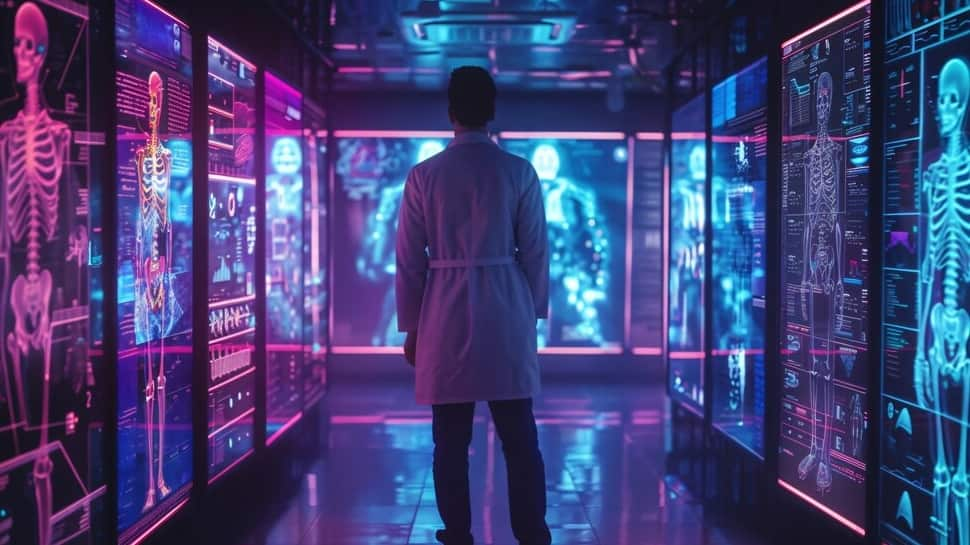
Prime Minister Modi pointed out that supercomputers were the domain of only a few nations earlier, but India is now matching the capabilities of global supercomputer leaders with the launch of the National Supercomputing Mission in 2015. He said the country is taking the lead in quantum computing where the National Quantum Mission is playing a crucial role in advancing India’s position in this cutting-edge technology.
Industry-Wise Transformation
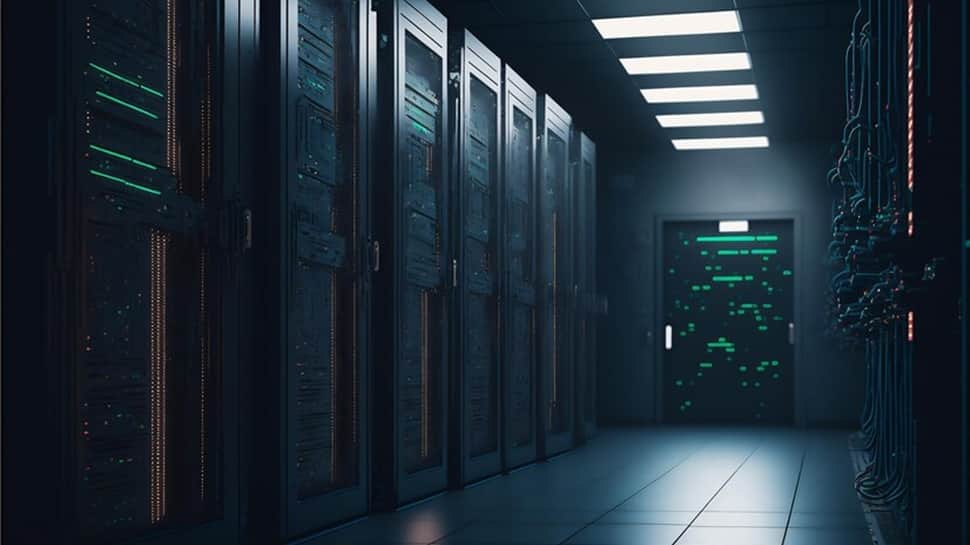
PM Modi underlined that this emerging technology is expected to transform the world, bringing unprecedented changes to the IT sector, manufacturing, MSMEs, and startups, creating new opportunities and positioning India to lead globally.
Pune Supercomputer
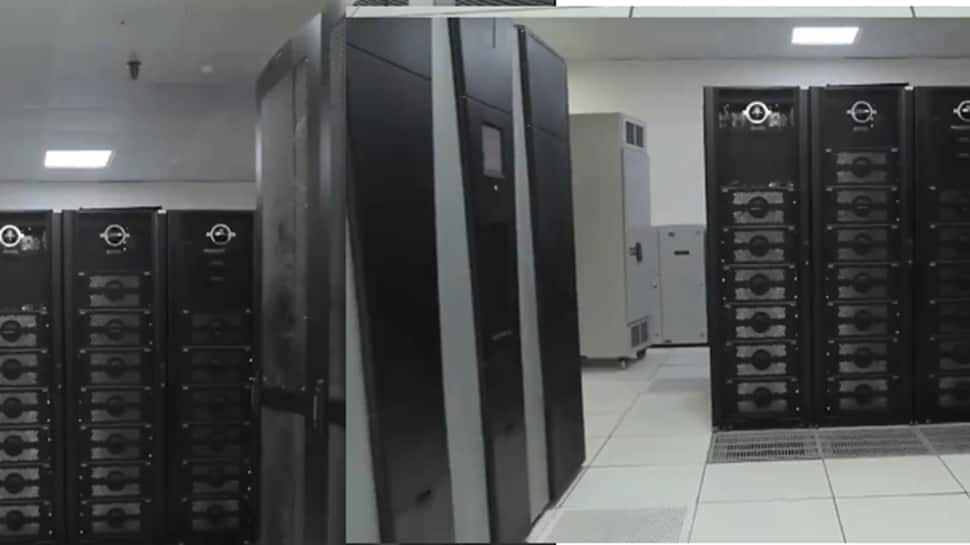
Giant Metre Radio Telescope (GMRT) in Pune will leverage the supercomputer to explore Fast Radio Bursts (FRBs) and other astronomical phenomena. Inter-University Accelerator Centre (IUAC) in Delhi will enhance research in fields like material science and atomic physics. S.N. Bose Centre in Kolkata will drive advanced research in areas such as physics, cosmology, and earth sciences.
Trending Photos





